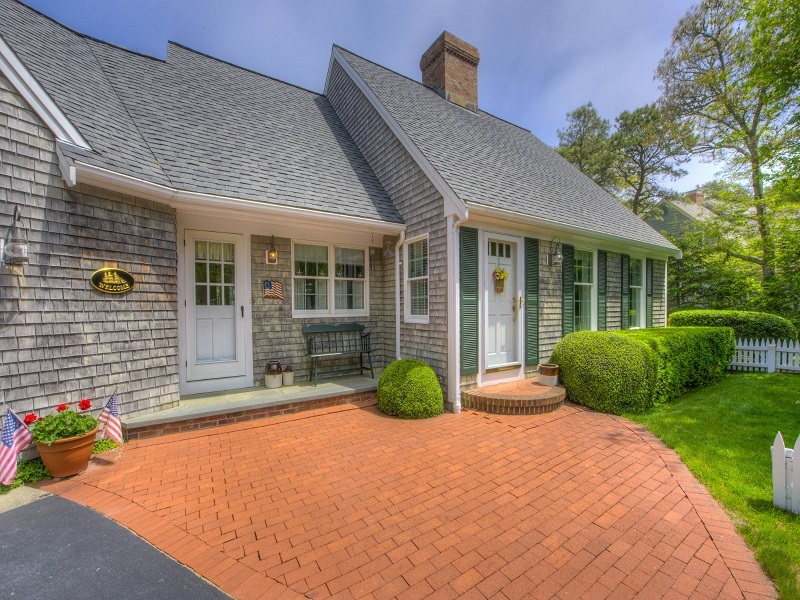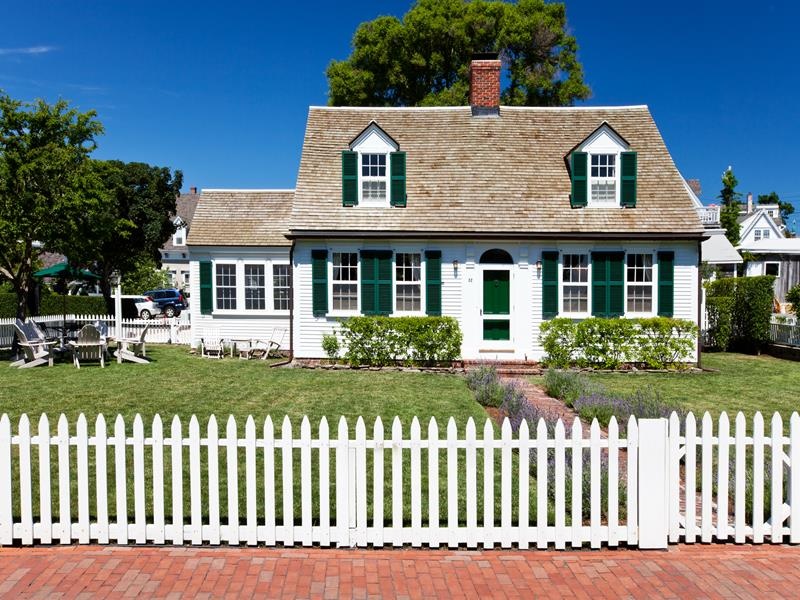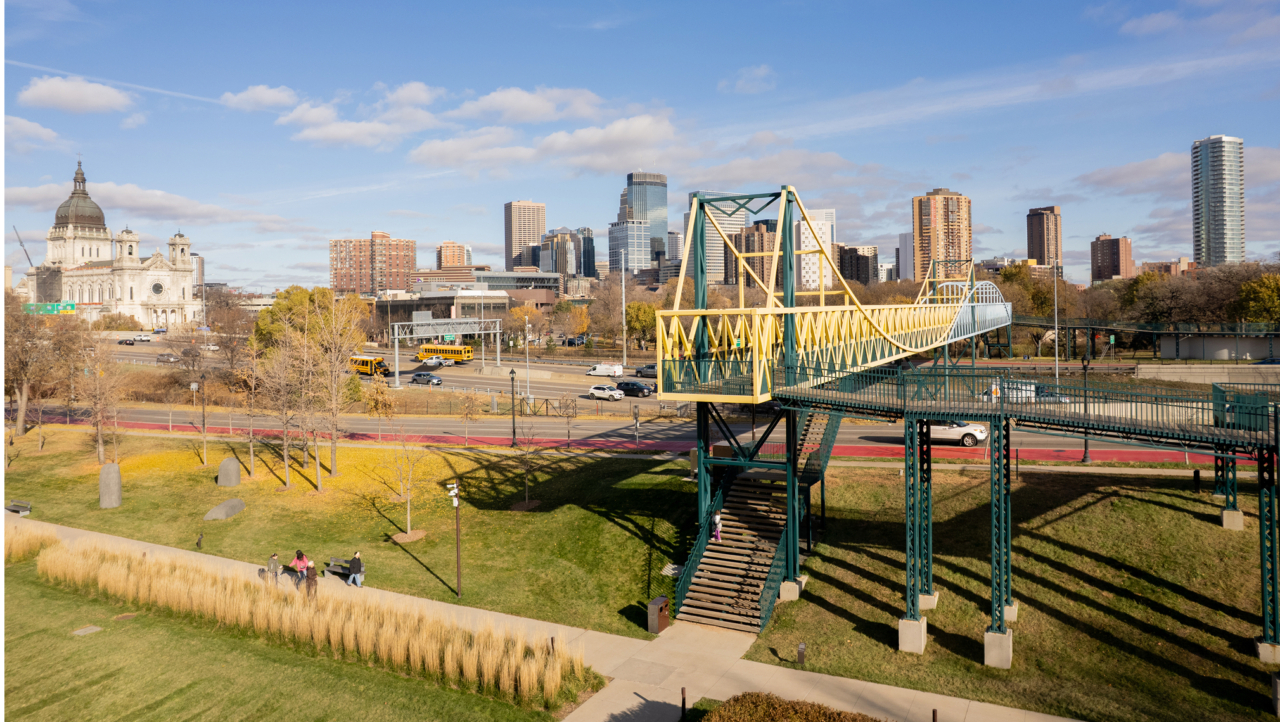Cape Cods: Elegant Homes Built For Rough Weather


Written by Zillow on July 10, 2015
A Cape Cod home is like a gingerbread house that hasn’t been decorated.
It’s a form rather than an architectural style, on which various ornaments — federal, Greek Revival or Colonial Revival — can be placed, according to “Building Provincetown,” a book by David W. Dunlap and the people of Provincetown, MA. That Cape Cod town is home to many of the eponymous dwellings, although they can be found all over the country.
Colonial origins
The original Cape Cods date to Colonial times, when settlers required homes that were easy to build and maintain.
Typically built as symmetrical cottages with two windows on either side of the door, the early Cape Cods had steep roofs designed to slough off the heavy snows of harsh New England winters. Central chimneys heated the homes evenly, and shutters on the windows helped keep the rough weather at bay.
Over the past century, dormers and additions have also appeared.

20th century revival
Although Cape Cods never truly went out of fashion, their popularity was cemented during a Colonial Revival in the 1930s, ’40s and ’50s. Architect Royal Barry Wills led the way, modernizing homes of the earlier era but maintaining their elegant symmetry.
“Others were doing low-slung, modern-style homes, and he brought back the Cape,” said Joan Witter, a real estate agent with Sotheby’s International Realty who sells homes on Cape Cod. “[The style] had a big impact on middle-class housing, because it’s a simple structure and was more economical than other designs.”
Modern Cape Cods tend to be larger, often with multiple stories in back to provide space for great rooms and enormous windows.

Cape Cod posers
The front of a true Cape Cod, however, remains modest.
“Its intimate scale, elegant proportions and charming details combined with simplicity and economy have made it an enduring image of the ideal home,” writes Jessica Barry Wills, Royal’s granddaughter and a principal at the architecture firm he launched, Royal Barry Wills Associates Inc. Architects.
Because Cape Cods are so popular, many builders put them up without fully understanding the aesthetic.
An authentic Cape Cod has:
- A front door with minimal ornamentation, typically based on classical styles and including “flat” columns on either side, Wills writes.
- Shutters that are half the width of the windows, which seems obvious: They cover the windows when they’re closed. Still, writes Wills, “Poorly designed Cape Cod imitations often feature shutters which are too narrow and thus seem poorly scaled.”
- A chimney in the middle of the roofline. An off-center chimney can throw off the whole look, “resulting in an unbalanced and awkward appearance,” Wills writes.
However, a Cape Cod with asymmetrical windows is not necessarily a poser.
Many homes began as “half Capes” (two windows on one side of the door, none on the other side), while others were “three-quarter Capes”(two windows on one side, one on the other) and later expanded into full Capes as their owners’ fortunes grew, Wills writes.
Some Cape Cods appear less symmetrical, because rooms or additions are set back from the main house. However, that look was common for early farm-style Cape Cods, in which different sections were used for the kitchen, milk room, tool room and barn.
Tags
How much home can you afford?
At Zillow Home Loans, we can pre-qualify you in as little as 5 minutes, with no impact to your credit score.
Zillow Home Loans, NMLS # 10287. Equal Housing Lender
Get pre-qualifiedA great agent makes all the difference
A local agent has the inside scoop on your market and can guide you through the buying process from start to finish.
Learn more


